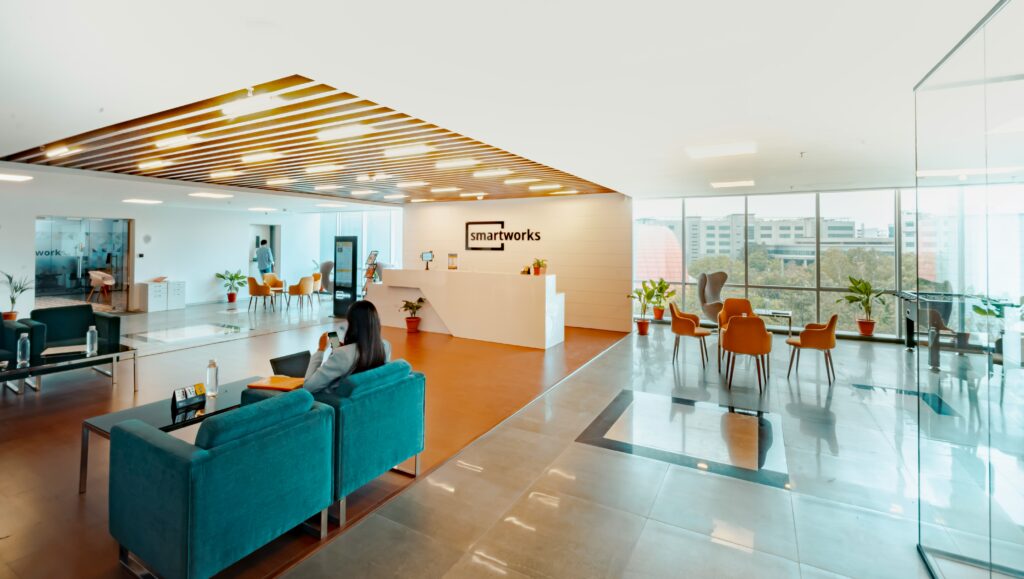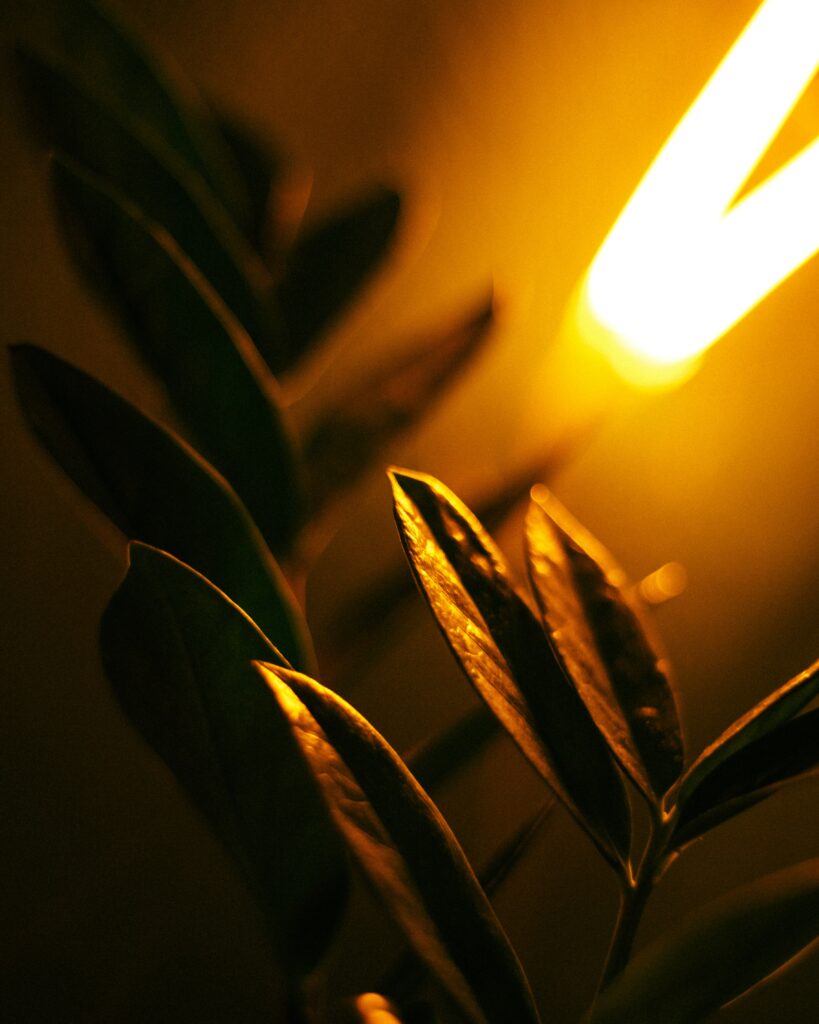By Mercedes Quintanilla
The circadian rhythm is a phenomenon in which humans, animals, and plants are exposed to a series of physical, mental, and behavioral changes over a 24-hour period.
What is circadian lighting?
This type of lighting consists of imitating the cycles of light and darkness by means of lighting products that change the color and intensity of the light to simulate the behavior of the sun: soft and warm early in the morning and early at night, and cool, bright light at noon.
A curious fact is that the researchers discovered that blue light is the most important factor in the synchronization of the circadian rhythm, since cold light suppresses melatonin levels, which is optimal for the day, since it plays an important role in promoting sleep, so this exposure is not ideal at night, since it affects the quality of sleep, the duration of the cycle, and may even be potential to cause other health problems and the most recommended use is of warm light at sunset and before sunrise.

Functioning of circadian lighting.
Circadian lighting works by manipulating the color temperature of a light by adjusting its color, brightness, and intensity to mimic the light cycle of the sun.
It is important to know that light intensity is measured in lumens, which is a measure of brightness, the higher the lumens the brighter the light, low lumens are appropriate for early morning and evening, and high lumens are suitable for the middle of the day.
Lighting control.
The Lighting Research Center at Rensselaer Polytechnic Institute, considered the premier organization for lighting research, introduced a metric in 2016 called circadian stimulus (CS) as a way for professionals to easily apply circadian lighting to indoor environments. The CS value of a specific lighting environment is determined by the color and intensity of the light, the timing and duration of the exposure, and the photic history (previous exposures to light).
While traditional lighting design is based on the amount of light that illuminates a specific plane, circadian lighting requires light to be distributed effectively across the occupants’ cornea to stimulate the circadian system.
Benefits of circadian lighting.
According to the Technical Reference and Professional Practice for Architects, research has shown that circadian lighting has a positive impact on the human experience indoors, some benefits include:
• Increased Productivity: Cool blue light during the day promotes greater concentration and alertness.
• Improved mood: When it’s dark or cloudy, do you notice a correlation with your mood? Proper lighting during the day helps boost positive emotions.
• Improved Sleep: Bright light during midday and warmer light in the early evening will promote healthy sleep patterns.
• Improved Vision: Adequate light levels are essential for effortless clear vision, especially as we age. Tunable white light that can be adjusted is key.
• Cost-effectiveness and energy efficiency – Although the initial investment is higher, LEDs cost significantly less to operate and use significantly less energy than incandescent lighting.
What color of light helps you sleep?
As previously mentioned, blue light has a positive impact during the day but generates a negative effect at night, yellow/orange light is more accepted for evenings and early morning hours. However, red light has no effect on the circadian rhythm making it the perfect solution to use as a night light, and some research has shown that it has a positive effect on people the next day.
Circadian lighting is a very important issue and it is a factor that must be considered, lighting is not only about visibility but also about controlling our natural rhythms to maintain healthy cycles or periods of 24 hours. This definitely helps productivity, if you don’t have an adequate natural rhythm, you won’t be able to have a productive day either.

References.
IWBI. (s. f.). International WELL Building Institute. WEEL- IWBI. Recuperado 5 de julio de 2022, de https://www.wellcertified.com/
Circadian Lighting – Archtoolbox. (s. f.). Archtoolbox. https://www.archtoolbox.com/circadian-lighting/.

Read the Comments +